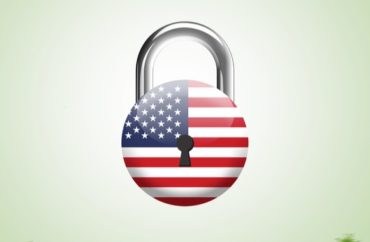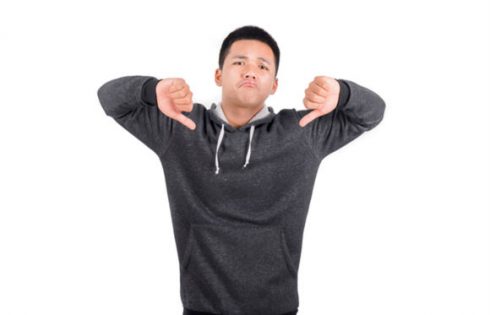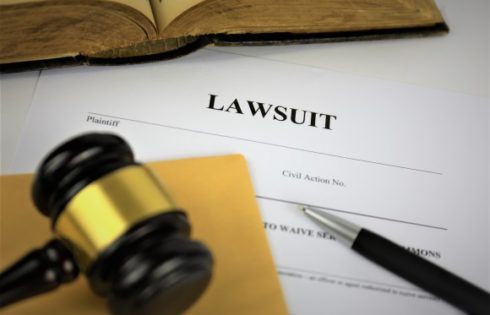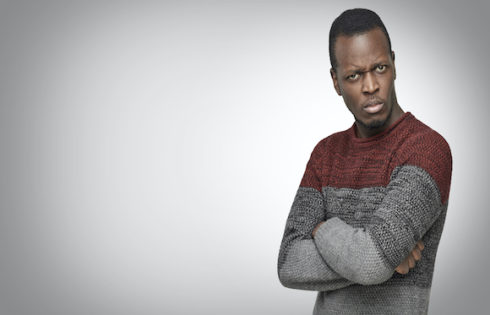
The ongoing economic shutdowns and stay-at-home orders in the United States have upended hundreds of millions of Americans’ lives, thrown the economy into freefall and rendered at least 10 percent of the workforce unemployed. The lockdowns were ordered, of course, to try and halt the spread of the coronavirus. But are they even able to accomplish that?
No, argues one medical professor. Joseph Ladapo, an associate professor at UCLA’s David Geffen School of Medicine, writes at The Wall Street Journal that state officials ordering the widespread closure of the United States economy, rather than slow the spread of coronavirus, may actually just “burn down the village to save it.”
“The belief that it is worth sacrificing anything and everything at the altar of flattening the coronavirus curve is foolish. But many leaders are behaving that way,” he writes.
He notes some of the astonishing attempts by United States authorities to fight the disease:
The mayor of Chicago warned joggers that a stay-at-home order means they may not go on long runs without risking arrest, a flagrant disregard for the American values of liberty and prudence, not to mention the common-sense benefits of exercise. A city in Texas threatens to fine residents up to $1,000 if they (and their children) don’t wear masks in public. New Jersey Gov. Phil Murphy recommends a policy of social distancing within your own household. “Keep your distance between yourself and other family members,” he cautioned recently. More broadly, governors have ordered shutdowns to slow the coronavirus without acknowledging what these shutdowns cost.
Ladapo notes that many private citizens, in contrast to the bizarre and craven behavior of many public officials, have stepped up to perform wonderful acts of civic servitude during these times. Yet “to help set the right course for our country, we must grasp some simple—but tough—facts,” he argues.
Among those facts: The virus is contagious. It is deadly. It won’t be stopped by stay-at-home orders. The only thing that might slow its spread is a complete, nationwide, unequivocal lockdown (“which can happen in authoritarian countries like China, but not in the U.S.,” he notes).
Public officials and Americans more generally have to accept the reality of the situation, he argues:
When shutdowns end, the virus will spread and Covid-19 deaths will increase. Without a vaccine and community immunity—often called “herd immunity”—this outcome is all but guaranteed. The only thing that will temporarily quell it in the near term, short of a miracle treatment, is another shutdown. But states will get only one pass at this. Once lifted, the appetite for a repeat shutdown will be tepid at best, even in left-leaning states. The reality of the shutdown’s costs—the upheaval caused by school closures, economic hurt, social isolation and lost lives and livelihoods—will be fresh. Some argue that stopping Covid-19 and protecting the economy are one and the same. Although this is true, it is too late to do either.
Accepting this reality will help us make better decisions. The modeling predicts that the number of sick patients is likely to be profound and exceed anything seen in generations. It’s therefore clear that building health-care capacity—adding hospital beds, converting and building coronavirus-only treatment facilities and sourcing ventilators—is the right step to take.
“Many difficult decisions lie ahead. We stand the best chance of making good decisions if we consider everything at stake, and not only the singular goal of reducing Covid-19 deaths,” he argues.
IMAGE: DOERS / Shutterstock.com
Like The College Fix on Facebook / Follow us on Twitter




Add to the Discussion